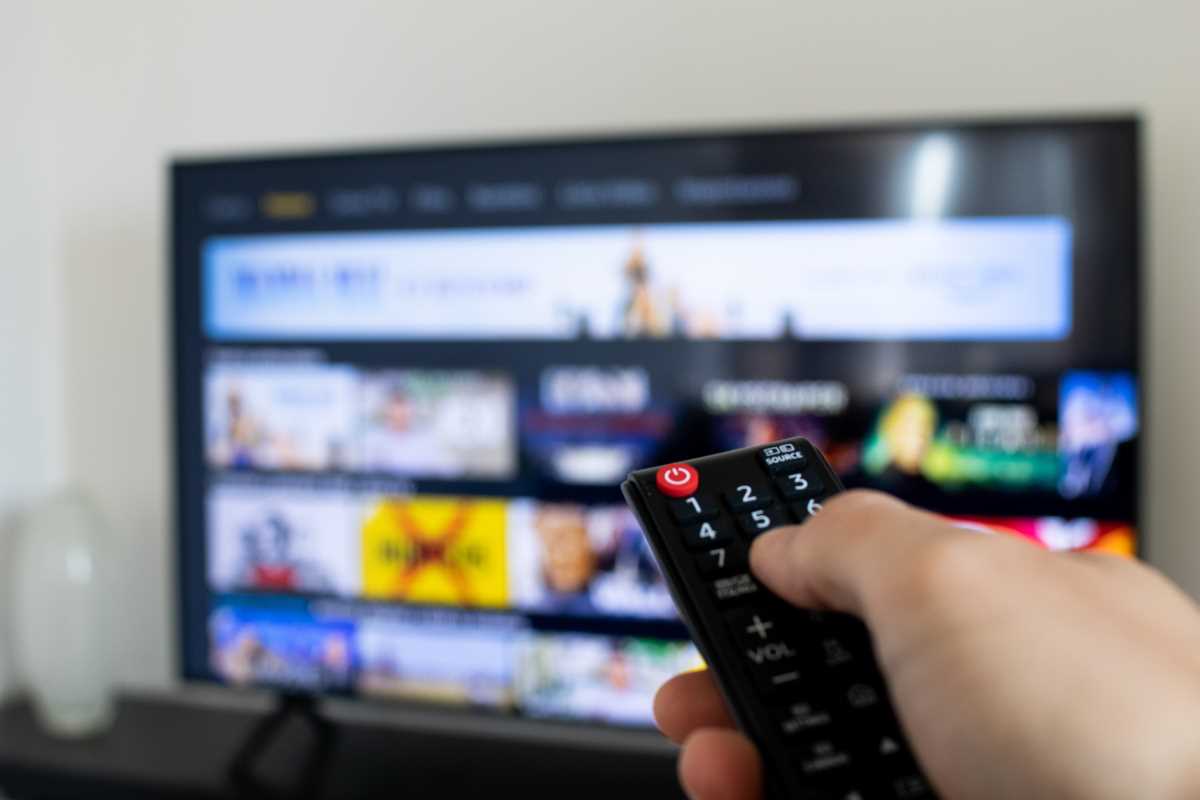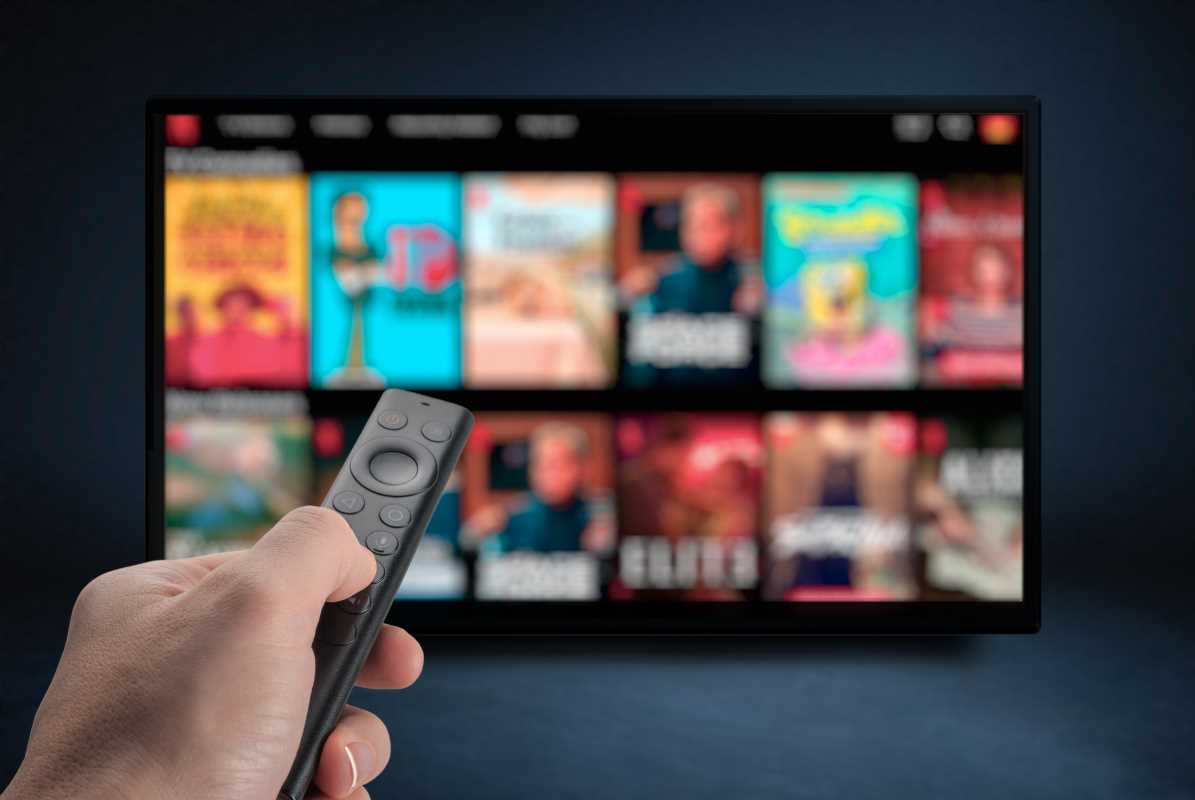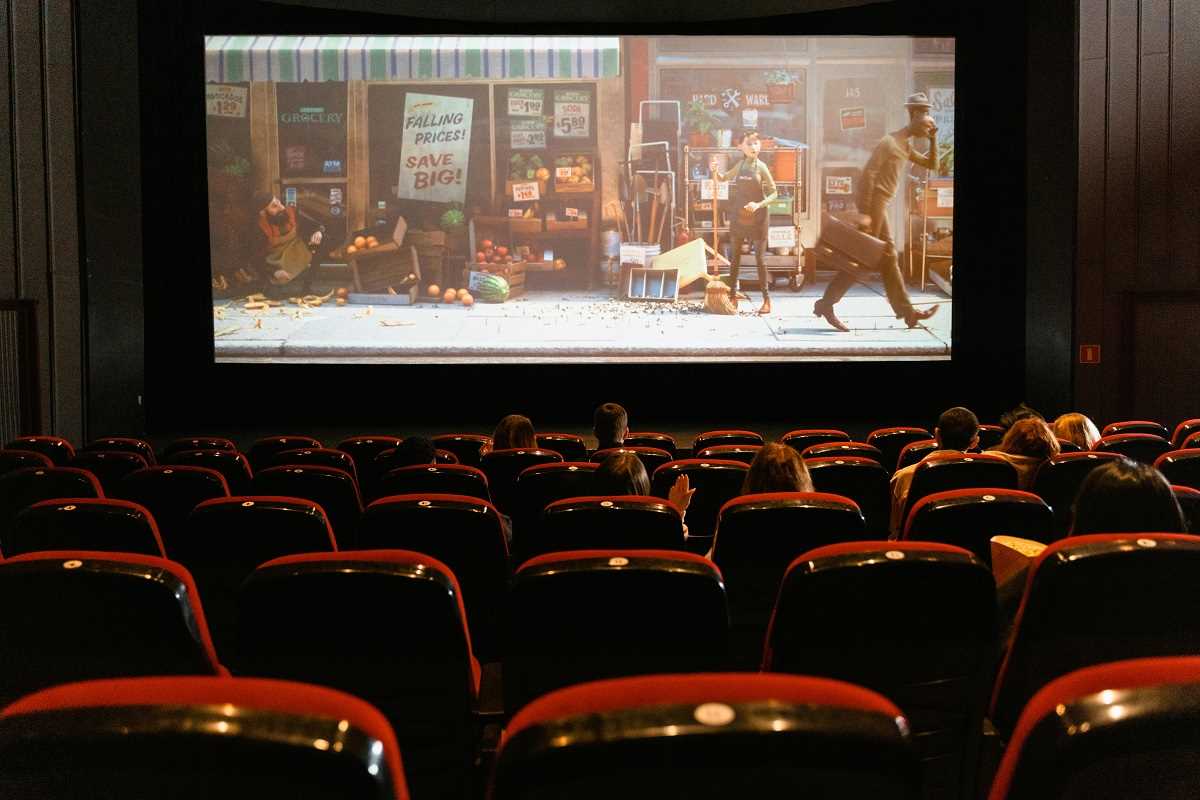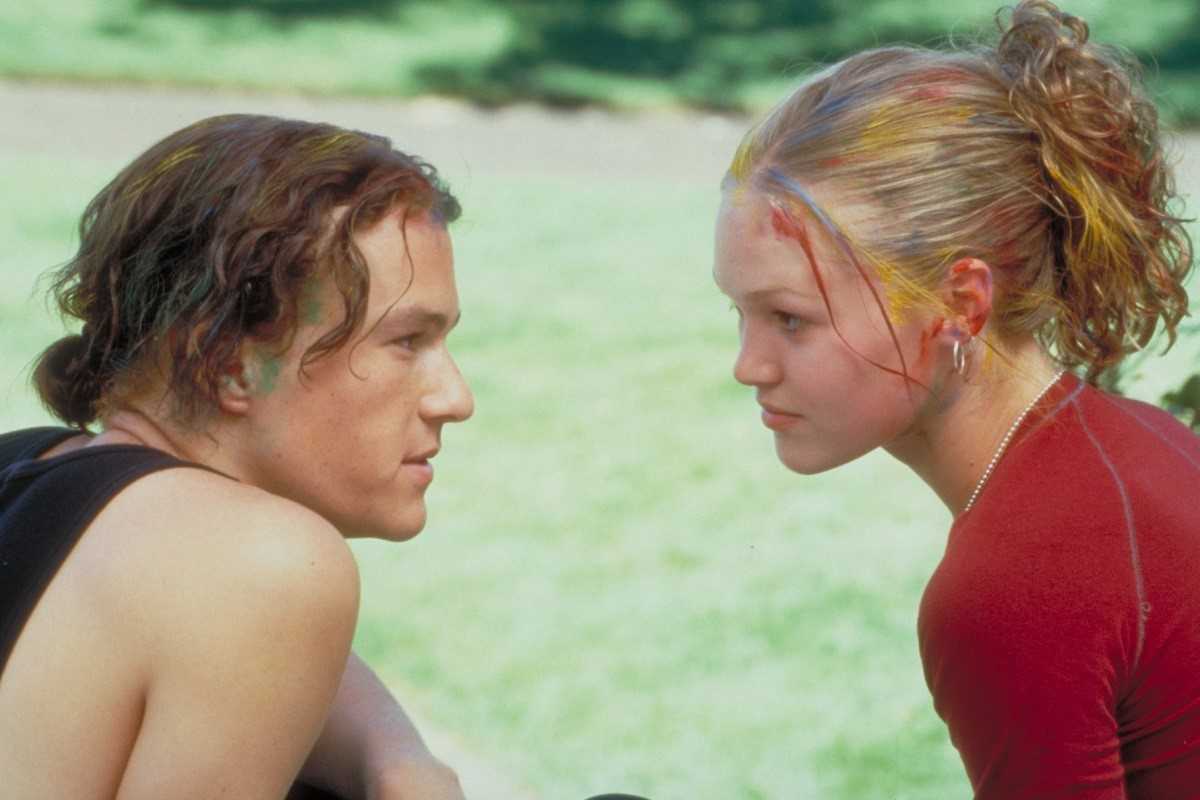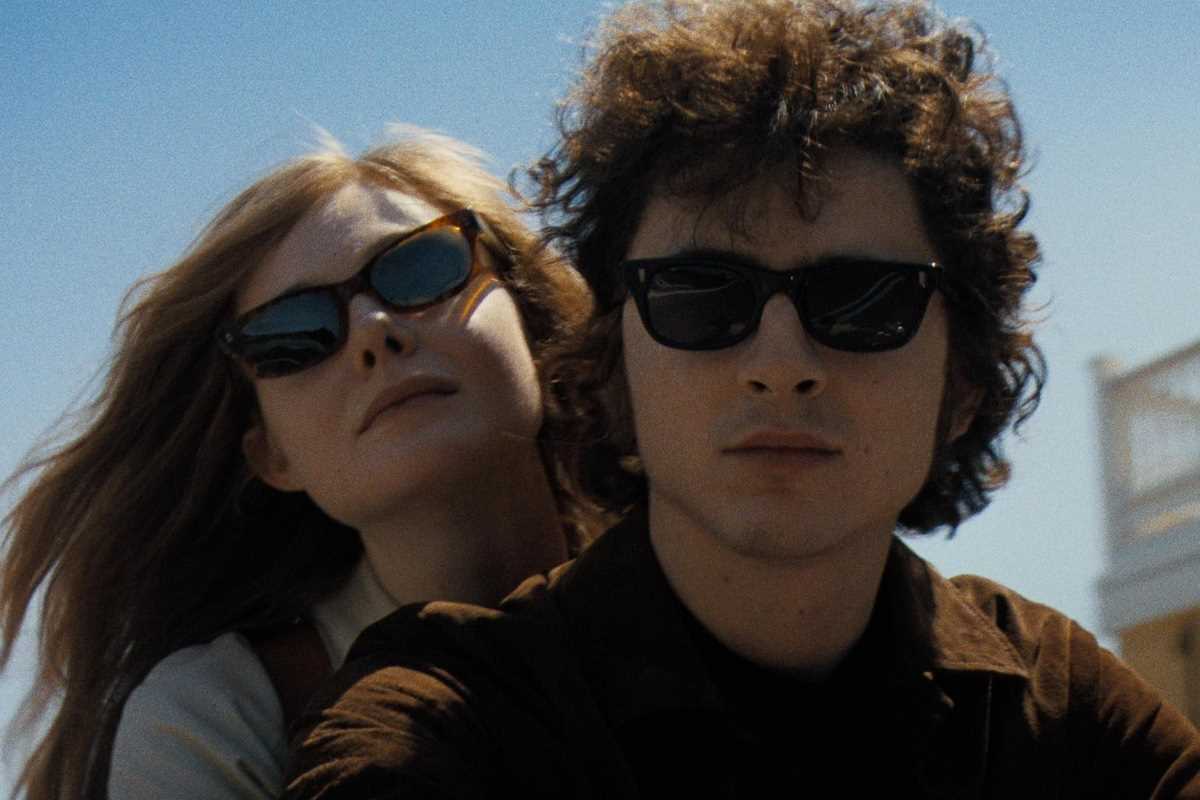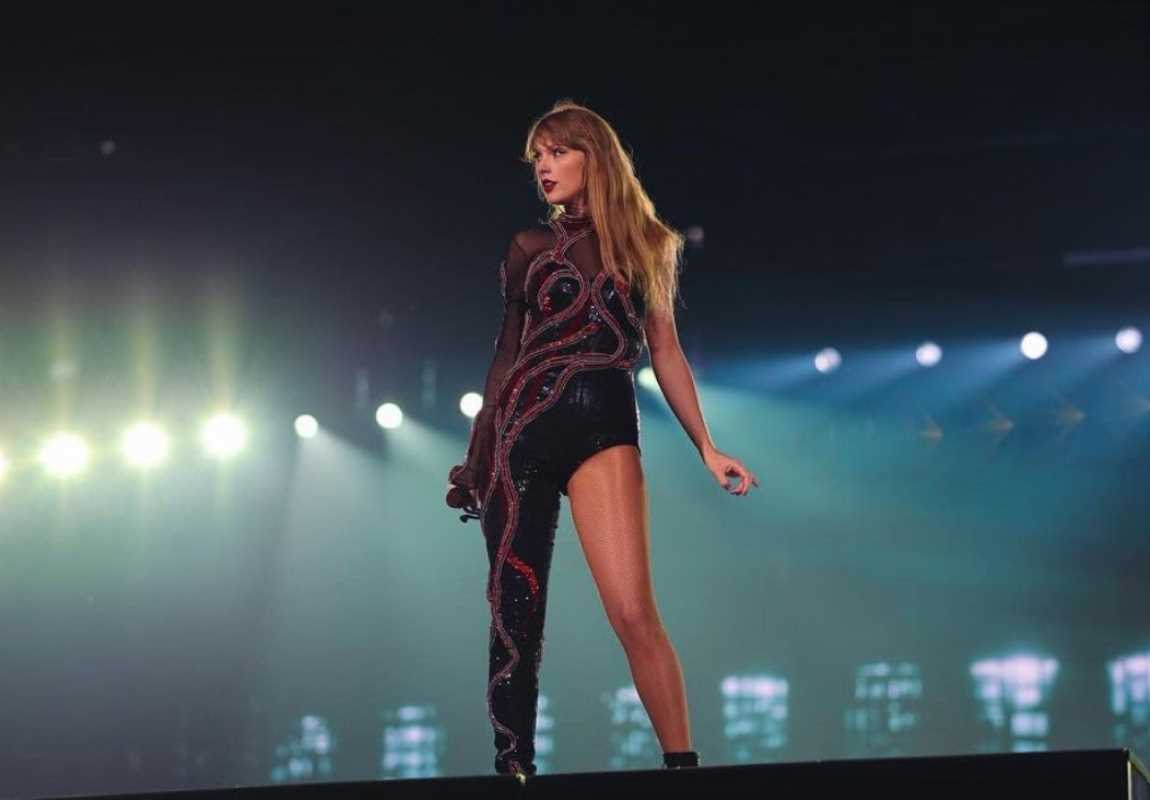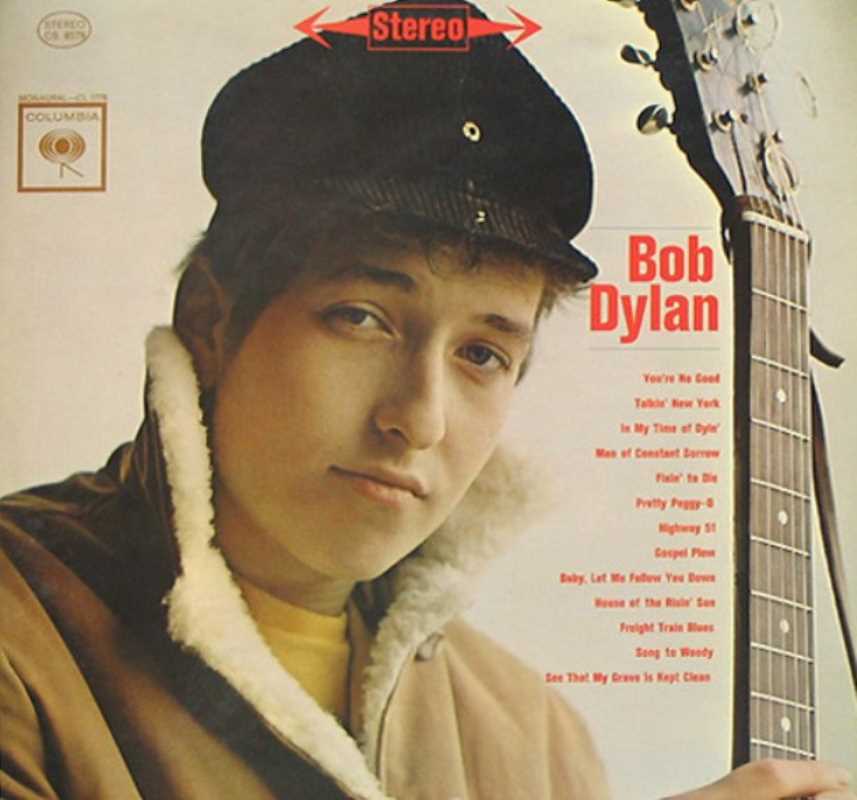Hollywood has long been the epicenter of entertainment, producing stories that inspire, entertain, and connect people. However, for much of its history, Hollywood’s casting choices have left certain groups feeling underrepresented or completely ignored. This lack of diversity doesn't just feel unfair—it limits the richness of storytelling and alienates large parts of the audience.
Thankfully, times are changing. Diversity and inclusion are becoming key priorities in Hollywood, and it’s making a noticeable difference. By casting more actors of different races, ethnicities, genders, sexual orientations, and abilities, Hollywood is painting a fuller, more honest picture of the world in its storytelling. These changes aren't just about social responsibility—they're improving storytelling, engaging more viewers, and setting Hollywood on a path to greater creativity and success.
Why Diversity in Casting Matters
The entertainment we consume affects the way we see ourselves and the world. When you watch a TV show or movie, it's empowering to see characters who look like you or share your experiences. For a long time, many people—particularly people of color, women, LGBTQ+ individuals, and those with disabilities—have been missing from the stories Hollywood chooses to tell.
By prioritizing diversity in casting, Hollywood acknowledges that everyone’s story matters. It opens doors for actors who may have been overlooked in the past and helps create movies and shows that reflect the real world. After all, our lives are made up of people from all kinds of backgrounds, so why shouldn't our movies be as well?
Beyond fairness, diverse casting also strengthens storytelling. It's easier to create fresh and exciting narratives when you include voices, perspectives, and histories that haven’t yet been fully explored. Audiences also connect more deeply with stories they find relatable, making movies with diverse casts more emotionally engaging.
Representation Has an Impact
Representation changes how people think—both about themselves and others. For example, little girls seeing women play superheroes in Wonder Woman or Black Panther can inspire them to feel strong and capable. Similarly, Crazy Rich Asians, with its almost entirely Asian cast, made many Asian-Americans feel proud to see their culture celebrated on the big screen in a mainstream, glamorous way.
Representation also encourages empathy. Films and TV shows that introduce audiences to different cultures, struggles, and joys help break down stereotypes. This builds a sense of connection between people who might not share the same background in real life but can relate to the shared human experiences depicted on screen.
Recent Examples of Diverse Casting
The push for diversity in Hollywood has produced some exceptional results. Here are a few notable examples of films and shows that embraced inclusion and succeeded because of it:
Black Panther
Marvel’s Black Panther was groundbreaking, not just for its exciting action and memorable characters but for what it represented. Featuring a nearly all-Black cast, the movie celebrated African culture in a powerful way. It showcased strong, intelligent characters like T’Challa (Chadwick Boseman) and Shuri (Letitia Wright), while offering breathtaking visuals inspired by African traditions.
Audiences worldwide embraced Black Panther, which earned over $1.3 billion at the box office and became one of Marvel’s most successful films. More importantly, it inspired countless viewers, particularly young Black children, who saw themselves as heroes for the first time in a major blockbuster.
Crazy Rich Asians
Romantic comedies often feature primarily white casts, but Crazy Rich Asians broke that mold. The film starred an all-Asian cast and was centered around Asian traditions and family dynamics. It proved Hollywood didn’t have to focus on white characters to attract mainstream audiences.
Critics praised the film, and it became a global hit, earning over $238 million. More importantly, it reminded the industry that representation is profitable—and necessary. The movie also opened doors for its cast, including Constance Wu, Henry Golding, and Awkwafina, who have since risen to stardom.
CODA
The 2021 film CODA, which stands for “Child of Deaf Adults,” told the story of a teenager who navigates life between the hearing and Deaf communities. The film didn’t just cast hearing actors to play Deaf characters—its stars, including Troy Kotsur and Marlee Matlin, are part of the Deaf community in real life.
The authentic casting of CODA touched audiences and shone a spotlight on the Deaf community. The film won the Academy Award for Best Picture in 2022, and Kotsur became the first Deaf male actor to win an Oscar. It was a huge step forward for inclusivity in Hollywood.
Pose
On the small screen, the TV drama Pose has also pushed boundaries with its casting. The series, set in New York’s LGBTQ+ ballroom scene of the late 1980s and early 1990s, prominently features Black and Latino trans actors, including MJ Rodriguez and Indya Moore, in leading roles.
Pose has been praised for shining a spotlight on a culture that had rarely been explored in mainstream media. Its accurate casting has allowed trans actors to tell their own stories, helping break stereotypes and misconceptions about their community.
Franchises and the Changing Face of Hollywood
Big franchises, which reach global audiences, hold a unique power to influence change. One of the most notable examples of diversity in franchises is Star Wars.
When Disney took over Star Wars, the franchise embraced a more inclusive direction. The sequel trilogy introduced characters like Finn, played by John Boyega, a Black Stormtrooper turned Resistance fighter, and Rey, played by Daisy Ridley, a strong female lead. These casting choices broke traditional molds and made the galaxy far, far away reflect the real-world diversity of its fanbase.
Additionally, in Rogue One, Diego Luna brought representation for Latino actors to the forefront as Cassian Andor, and more recently, the Disney+ series The Mandalorian featured strong performances from Pedro Pascal and indigenous actress Rosario Dawson as Ahsoka Tano. These characters and actors have proven that diversity isn’t just about inclusion—it brings new depth and energy to beloved franchises.
Fans response has been mixed, but regardless, by diversifying its casting, Star Wars has connected with a new generation of viewers.
The Benefits for Hollywood
The business case for diverse casting is clear—movies with inclusivity perform better. A 2021 study found that films with diverse casts tend to earn more at the box office and receive higher audience scores. Why? Because representation sells. Audiences want stories that feel authentic, fresh, and inclusive.
It also gives Hollywood more creative freedom. For a long time, the same kinds of stories were being told through the same narrow lens. By casting diverse actors and exploring different cultures, Hollywood can tell new, exciting stories that stand out from the crowd. This not only leads to critical acclaim but solidifies long-term audience loyalty.
Challenges and Looking Ahead
Of course, there’s still work to be done. While progress has been made, Hollywood’s decision-makers remain predominantly white and male, limiting the understanding and urgency of diverse representation.
Tokenism—casting one person from a marginalized group to check a box without giving them meaningful development—remains a problem, too. True inclusion means telling stories that fully develop characters and treat their experiences as valid and significant, not just adding them as background.
Despite the challenges, the future looks bright. Initiatives like the Academy’s new diversity standards for Best Picture eligibility and organizations advocating for underrepresented voices are paving the way for lasting change.
Final Thoughts
Diversity and inclusion in Hollywood casting are reshaping the industry for the better. It’s creating richer stories, empowering underrepresented groups, and connecting audiences on a deeper level. Films like Black Panther, Crazy Rich Asians, and CODA show us that diverse casting isn’t just a trend—it’s the future of entertainment.
By continuing to prioritize inclusion, Hollywood has the opportunity to become not only more representative but also more creative and universally loved. After all, everyone’s story deserves a chance to shine.
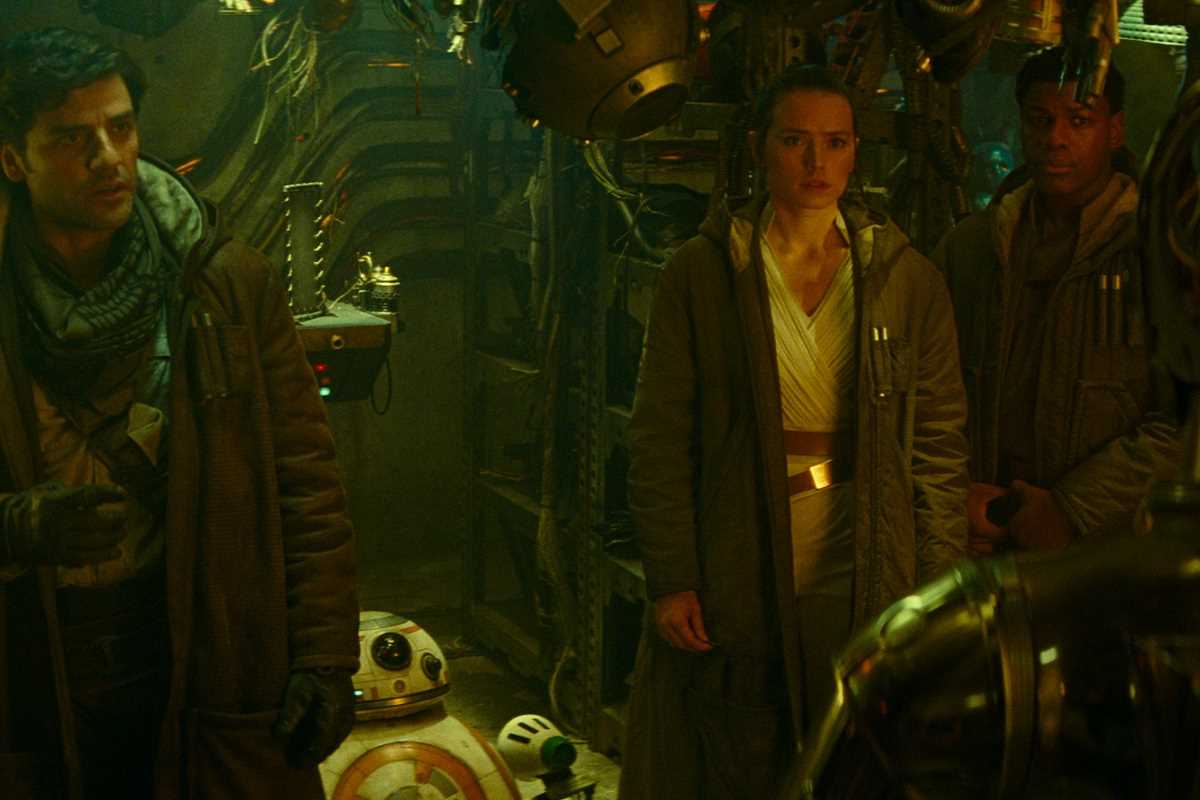 (Image via
(Image via